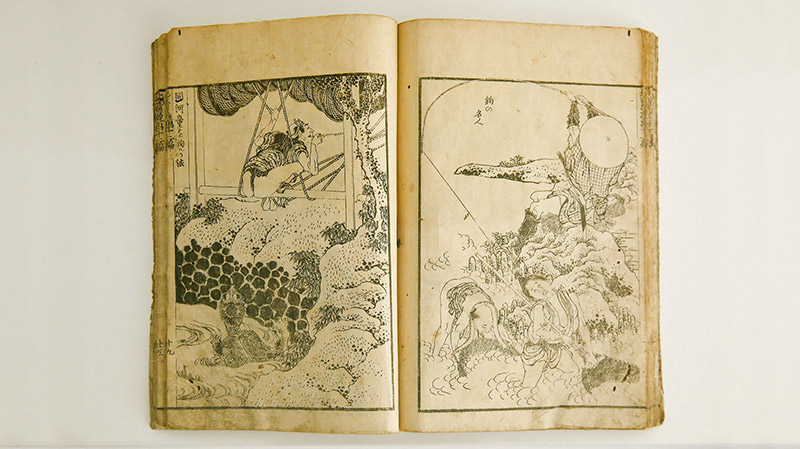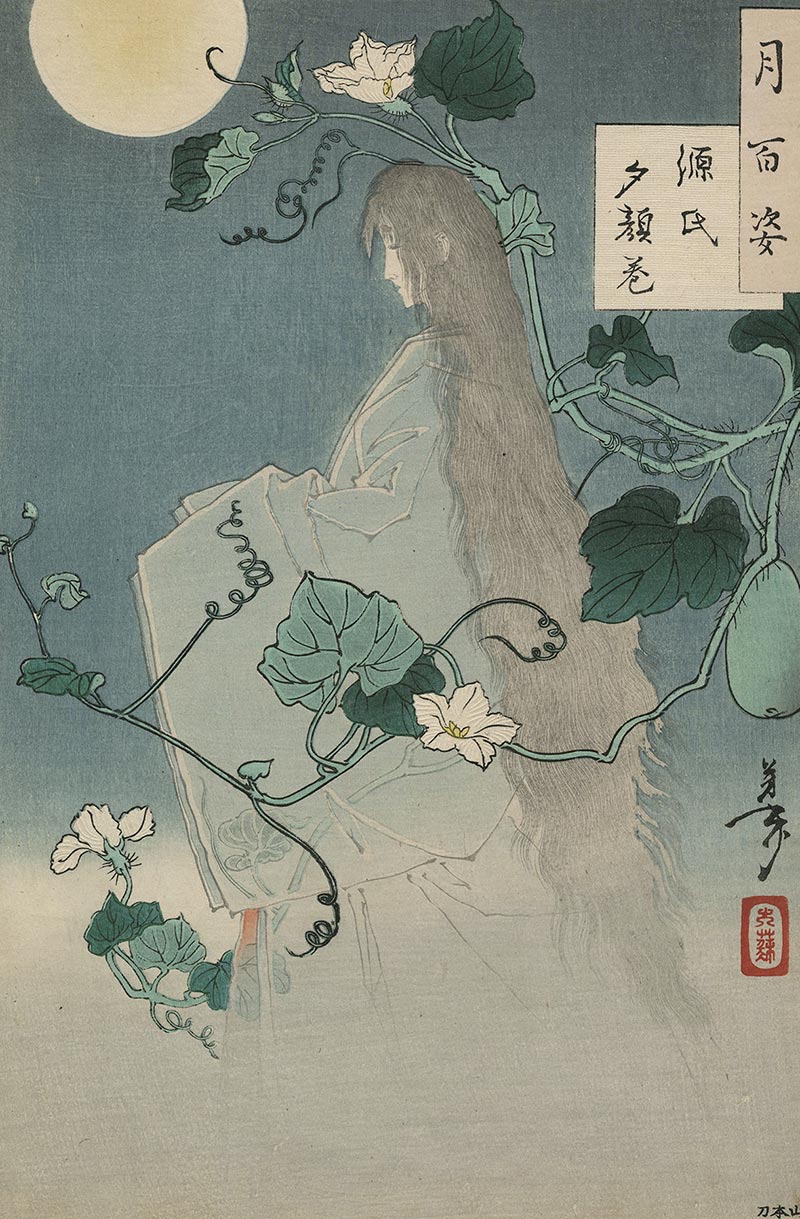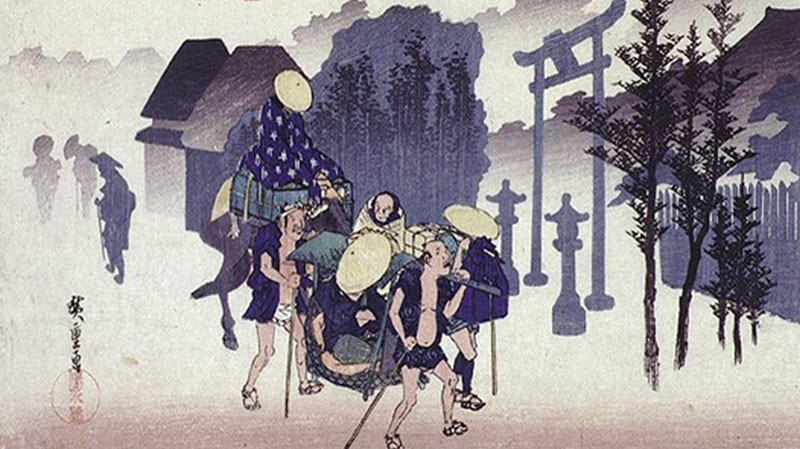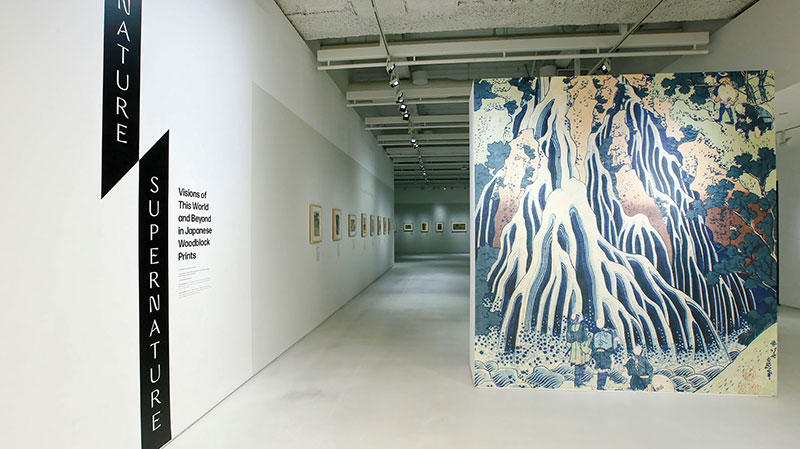
Seven Supernatural Stories from Japanese Folklore

Kappa About to Attack Victim from Vol. 13 of the series of books Manga (Ten Thousand Sketches) by Katsushika Hokusai, c. 1834
Kappa are water spirits believed to inhabit rivers and lakes. In folklore, they are described as being the size of a human child, with green scaly skin, webbed feet and hands and a circular depression on the top of their heads that holds water. Since water is the source of their power, spilling it can render them immobile or even kill them. Though mostly mischievous, kappa can also be dangerous, especially to cows and horses, which they drag into the water, drown and eat. Their favorite food is cucumber, so farmers leave them offerings of cucumbers; in return, the kappa irrigate their crops. However, kappa also enjoy eating human innards, and are said to occasionally attack humans playing, swimming or defecating in the river, as the man seems to be doing, oblivious of the kappa who is watching him with interest.

Yūgao, Number 29 from the series One Hundred Aspects of the Moon by Tsukioka Yoshitoshi, 1886
In Japan’s 11th-century literary classic The Tale of Genji (Japanese: Genji Monogatari), Yūgao is one of Prince Genji's lovers. In Chapter 4, Prince Genji stops by a humble house, impressed by the beautiful flowers blooming along the fence outside. The lady of the house offers the prince a fan with a poem about the flowers, which are known as yūgao (lit. “evening faces,” a sort of morning glory). Although she is of a lower status than Genji, he soon has an affair with her and gives her the name Lady Yūgao. Sadly, after they consummate their love, Yūgao dies very suddenly, probably killed by the jealous spirit of Genji's former mistress, Lady Rokujō. The young prince is distraught and falls ill for 20 days. In this eerie yet serene image, Yoshitoshi portrays Yūgao as a wistful ghost, delicate, pale and lovely, elegantly framed by the winding vines of her namesake flower.
Return to Part 3
Supernature: Spiritual Forces in the Japanese Landscape

Main Exhibition & Virtual Tour

*Note: Japanese names in this exhibition are written in the traditional Japanese order, with the family name first and personal name last. However, if an artist has come to be known by a single name, (e.g., Hokusai and Kunisada) that name will be used for subsequent mentions.

